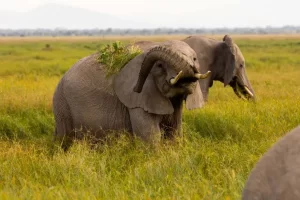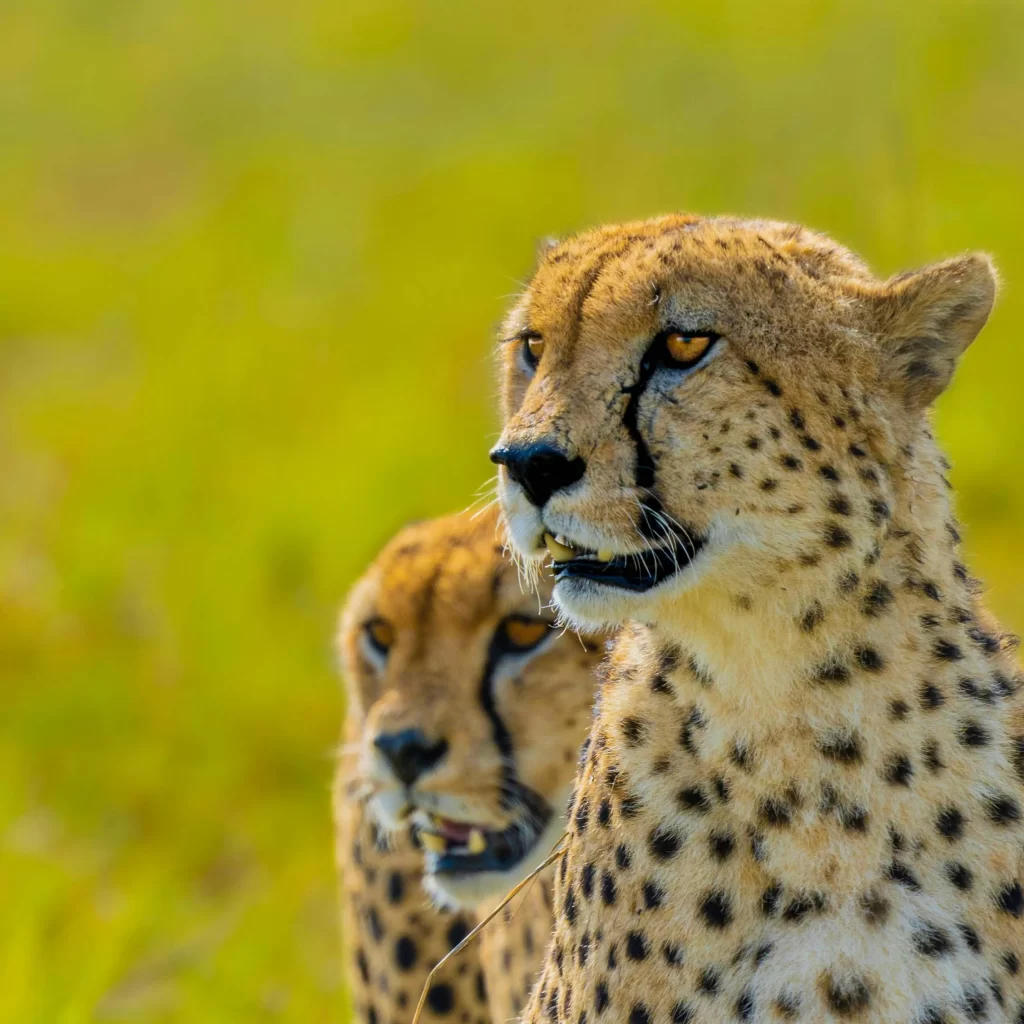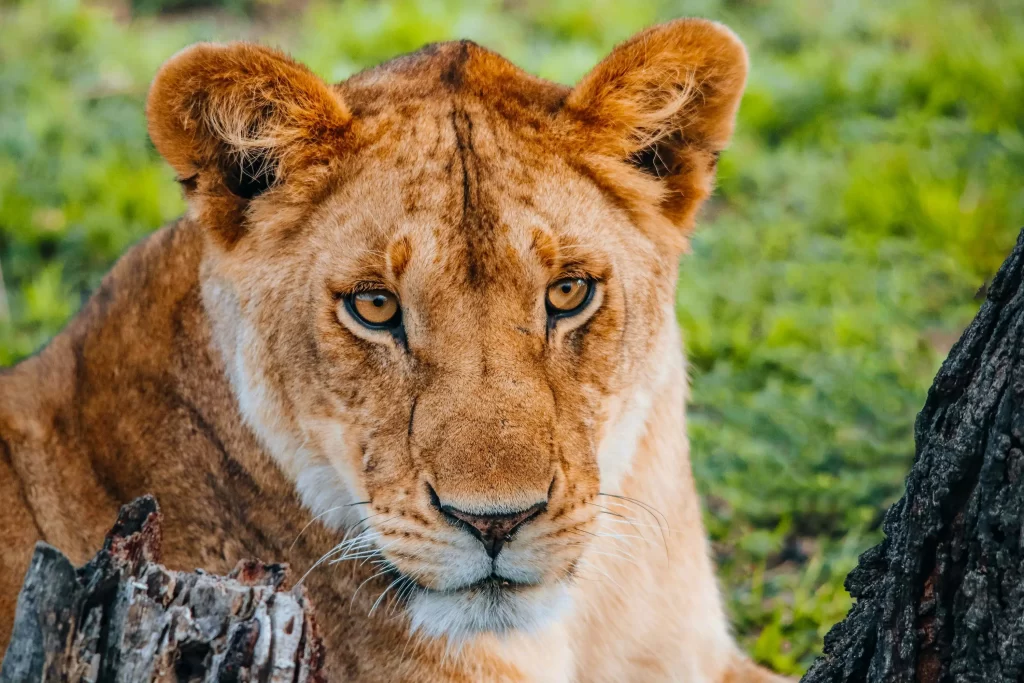When is the best time for a safari in Tanzania?
Optimal Timing for a Safari Adventure in Tanzania
Embarking on a safari adventure with Geovannah Tanzania Adventures is a dream for many travelers, but choosing the best time to visit can make all the difference in your experience. With diverse landscapes, unique wildlife, and varying weather patterns, Tanzania offers something incredible year-round. In this comprehensive guide, we’ll delve into the intricacies of each season, helping you determine the optimal time for your unforgettable safari journey with Geovannah Tanzania Adventures.
Unlocking the Weather: A Key Aspect for Safari Timing in Tanzania
In contrast to destinations with traditional seasonal changes like summer, winter, fall, and spring, Tanzania, positioned near the equator and the Indian Ocean, experiences equatorial and tropical weather patterns.
Tanzania has two clear-cut seasons: wet and dry. The wet season brings rain, while the dry season is characterized by sunshine and occasional heat. Both seasons offer unique advantages and disadvantages, as elaborated below.


When you’re choosing your safari dates, it’s important to consider that Tanzania’s weather generally aligns with these seasons. However, it’s not uncommon to encounter sunny afternoons following a morning of rain in the wet season, and occasional rain showers during the dry season.
The seasons in Tanzania
January – March
The Dry and Hot Season Experience Tanzania is at its hottest, with temperatures peaking in February. Although dry, this period is popular for safaris, leading to potentially crowded parks. Witness wildlife congregating around water sources like the Tarangire River in Tarangire National Park, offering excellent viewing opportunities.
March-May
The Long Rainy Season Prepare for the long rainy season characterized by morning showers and lush greenery. Despite the rain, afternoons are often sunny, fostering lively wildlife activity. While some park roads may be impassable, this period sees fewer tourists, providing an intimate safari experience amidst the serene landscapes.
June – September
The Cold Season Enjoy pleasant weather with chilly mornings and sunny afternoons during Tanzania’s “cold” season. Although locals bundle up, visitors find the climate refreshing. With dry conditions prevailing, this season remains popular for safaris, attracting numerous visitors to the national parks.


October – December: Festive Season
During this period, Tanzania experiences short rains, typically falling between October and December, as temperatures rise towards the end of the year.
October is renowned for the blooming of jacaranda trees, adorning East Africa with vibrant purple flowers. In December, the Flame Trees burst into a striking red hue, creating a festive atmosphere just before Christmas.
Christmas attracts many tourists to Tanzania, with the short rains usually ceasing by mid-December. Visitors often commemorate the holiday with special activities like summiting Mount Kilimanjaro. Hotels and lodges may offer unique holiday meals for guests to enjoy.
December boasts ideal weather conditions, although parks and accommodations may be busier than usual during this festive season.
Dry Season vs. Rainy Season: Advantages and Disadvantages
Dry Season: Pros and Cons
Pros:
- Favorable weather conditions
- Abundance of wildlife sightings
- Scenic landscapes resembling iconic African imagery, with vast dry grasslands and animals gathering around watering holes
- Holiday seasons, when most visitors have time off
- Ideal weather for enjoying evening swims in the swimming pool at your hotel or lodge
- Suggested time for family vacations or honeymoons
- Popular tourist period
Cons:
- Parks may feel more crowded and busy
- Accommodations are full-price without discounts
- End of the dry season may result in dusty conditions – consider bringing a bandana or handkerchief for relief.
Rainy Season: Pros and Cons
Pros:
- Experience Africa in a new light, with lush green forests and active wildlife
- Great opportunities for photographers to capture vibrant wildlife and contrasting colors during the rainy season
- Possibility of receiving low-season discounts from accommodations
- Parks are less crowded, providing a sense of privacy and adventure for guests
Cons:
- Some park roads may be inaccessible due to heavy rainfall
- Expect occasional wet days, although rain typically doesn’t last all day, and there is often significant sunshine
- Bring a rain jacket and water-resistant shoes for comfort
- Animals may be more dispersed during the rainy season, affecting wildlife viewing opportunities.
The Great Migration: A Spectacular Natural Phenomenon
Witnessing the Great Migration in Serengeti National Park is a highlight of any visit to Tanzania. Each year, this awe-inspiring event attracts travelers from around the globe to witness the monumental movement of animals across the Grumeti River. Recognized as one of the largest migrations of animals on Earth, the Great Migration has earned Serengeti its UNESCO World Heritage Site status.
Spanning the entire expanse of the Serengeti, the Great Migration is a continuous spectacle that captivates visitors year after year. For approximately two months annually, herds of wildebeests and other ungulates venture into Kenya, particularly around July and August, for an epic river crossing, braving dangers such as crocodiles and predators to reach the lush grasslands of the Maasai Mara.
After this arduous journey, the herds return to Tanzania, where they spend the majority of the year, predominantly in the Serengeti and the outskirts of the Ngorongoro Conservation Area. Here, they engage in mating, give birth to their young, and revel in the abundant grasslands of the Serengeti for approximately ten months.




The Great Migration: A Journey of Survival and Spectacle
Driven by the search for water and greener pastures, millions of wildebeests, gazelles, impalas, elands, and zebras participate in the annual Great Migration across Tanzania’s Serengeti National Park. Following the changing seasons, these herbivores embark on an awe-inspiring trek, seeking sustenance and hydration while being pursued by their predators: lions, cheetahs, and leopards.
Throughout the year, different phases of the Great Migration can be experienced:
- Calving Season (February): Witness the birth of thousands of baby wildebeests, as they begin their lives amidst this spectacular natural event.
- Herds Congregation (March-April): As animals gather in the Seronera area, a stunning display of grazing masses in a beautiful landscape awaits visitors.
- Northward Migration (May): The herds form impressive lines, marching together, often stopping at the Western Corridor to safely cross the Grumeti River.
- Mara River Crossing (July-September): The adrenaline-pumping Mara River crossing takes place, as vast numbers of animals brave dangerous waters to continue their journey.
Experience the power and energy of nature in person by visiting the Serengeti during the Great Migration – a truly breathtaking and unforgettable wildlife spectacle.
Embark on an unforgettable journey where you’ll gain a newfound appreciation for Africa’s wildlife and untouched landscapes. It’s awe-inspiring to think that this annual cycle of migration has persisted for centuries, allowing us to witness its wonders even today.
During this remarkable journey, you’ll encounter two iconic river crossings: the Mara River and the Grumeti River. These crossings signify the direction of the animal herds:
- The Grumeti River crossing occurs typically from May to June as the herds venture into Kenya.
- The Mara River crossing marks the return of the herds from Kenya to Tanzania and often takes place in July and August.
Indeed, the Great Migration is an ongoing spectacle in Serengeti National Park, offering captivating experiences throughout the year. If witnessing the Great Migration is a dream on your bucket list, seize this opportunity to make it a reality!
Discover the Ideal Time to Explore Tanzania
Truly, any time of the year offers the opportunity for an extraordinary African safari experience in Tanzania. Your personal preferences dictate the best time to visit.
Seeking a more secluded safari experience with fewer crowds and exclusive access to lodges? Embrace the wet season.
Craving vibrant landscapes adorned with nature’s hues? Opt for a visit in October or November.
Dreaming of witnessing the iconic river crossings during the Great Migration in the dry season? Plan your trip for July or August.
Tanzania’s wildlife is ever-active, and its national parks boast perpetual vitality. Every month presents an optimal time to immerse yourself in the marvels of Tanzania. Choose the timing that suits you best and prepare to be captivated by the breathtaking beauty and exhilarating wildlife encounters this remarkable country has to offer.

